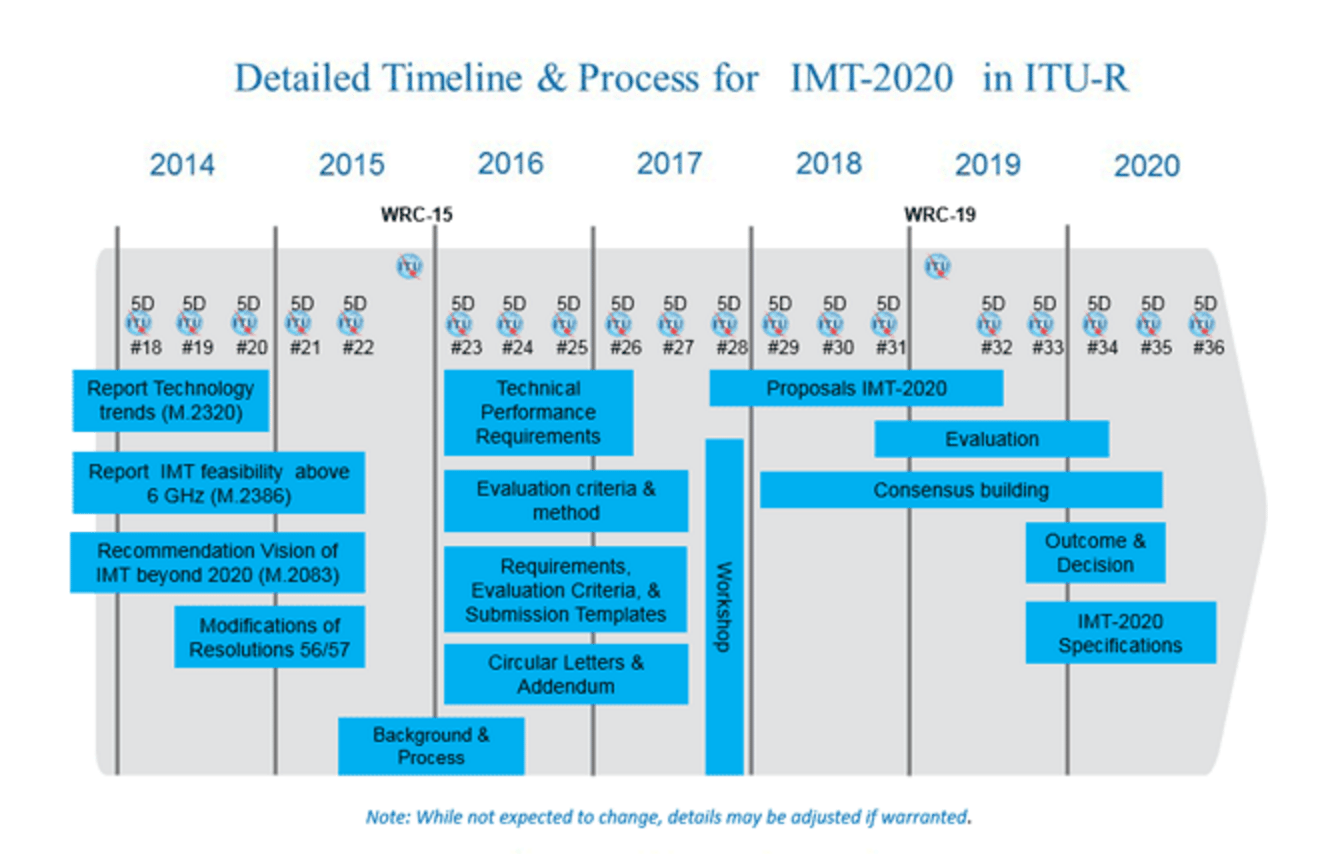Advanced ‘5G’ use cases will require global interoperability and scalability; International Telecommunication Union is working away on ultimate standard
The tactile Internet, autonomous vehicles and smart cities; all these things are expected to hit new levels of penetration and utility once “5G” mobile networks move from the lab to commercialization.
In the meantime, the telecom industry as a whole – service providers, vendors, academia and standards-setting bodies – are working to define exactly what 5G will be. There’s broad agreement 5G will require tremendous network density, access to high-band spectrum, massive multiple-input/multiple-output antenna technology and more technological features, but that has to be locked down in a standard.
And that’s where IMT-2020 comes into the picture. The term was coined in 2012 by the International Telecommunication Union Radiocommunication Sector and means International Mobile Telecommunication system with a target date set for 2020.
Here’s some commentary from the ITU: “In early 2012, ITU-R embarked on a program to develop ‘IMT for 2020 and beyond,’ setting the stage for 5G research activities that are emerging around the world. Through the leading role of Working Party 5D, ITU’s Radiocommunication Sector has finalized its view of a timeline towards IMT-2020. The detailed investigation of the key elements of 5G are already well underway, once again utilizing the highly successful partnership ITU-R has with the mobile broadband industry and the wide range of stakeholders in the 5G community. In September 2015, ITU-R has finalized its vision of the 5G mobile broadband connected society. This view of the horizon for the future of mobile technology will be instrumental in setting the agenda for the World Radiocommunication Conference 2019, where deliberations on additional spectrum are taking place in support of the future growth of IMT.”
Based on the aforementioned timeline, various working groups of industry stakeholders are currently going through technical performance requirements; evaluation criteria and method; and submission templates, then moving into a workshop phase in 2017. In 2018 and 2019, the timeline calls for taking proposals on IMT-2020, evaluation of those proposals and consensus building ahead of standardization in 2020.

The ITU-R Working Party 5D, charged with developing future standards for 5G, met last month in Beijing. One major aspect of the group’s task is to identify and harmonize 5G spectrum in frequency bands below 6 GHz.
“Following additional spectrum allocations for mobile during the World Radiocommunication Conference in late 2015, ITU is continuing to work in close collaboration with governments and the global mobile industry to make rapid progress in bringing the vision of IMT-2020 to fruition,” explained ITU secretary general Houlin Zhao. “Future steps in 5G mobile technology are aimed at a new paradigm of connectivity among people and things in a smart, networked environment encompassing big data, applications, transport systems and urban centers.”
Liu LIhua, vice minister of China’s Ministry of Industry and Information Technology, said IMT-2020 “is speeding up and the ITU-R WP5D is playing a key role in international standardization and global spectrum issues related to 5G.”
5G Americas, previously referred to as 4G Americas, delineates the “more obvious requirements” of 5G as support for a large number of devices and flexible air interfaces; always on capabilities; energy efficiency; software-defined networking and network functions virtualization support; enhanced 911 and other law enforcement features; and machine-to-machine communications.
“As of today, there is no clear definition of or detailed requirements of 5G. The European Union is investing a significant amount of money for research and EU leadership in 5G. China, Korea and Japan also have a number of initiatives under way with funding by the respective governments,” 5G Americas noted. “The best way to understand the requirements for 5G is to understand what, more generally, will be required of mobile communication, from end-user and service provider points-of-view, in the 2020 and beyond era. The identification and elaboration on these requirements and corresponding technology components to address are the key activities for the 5G-related activities currently going on around the world.”

